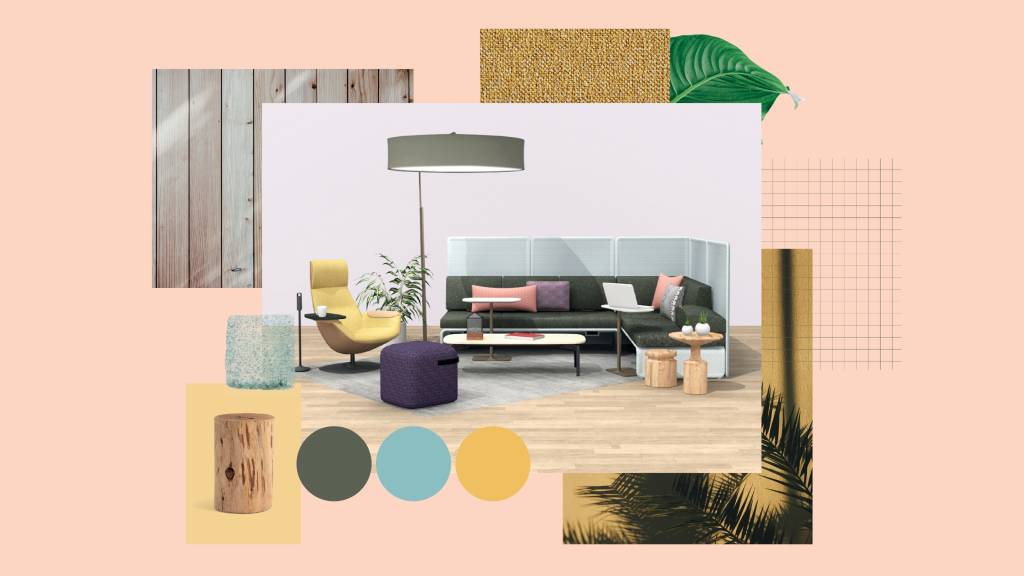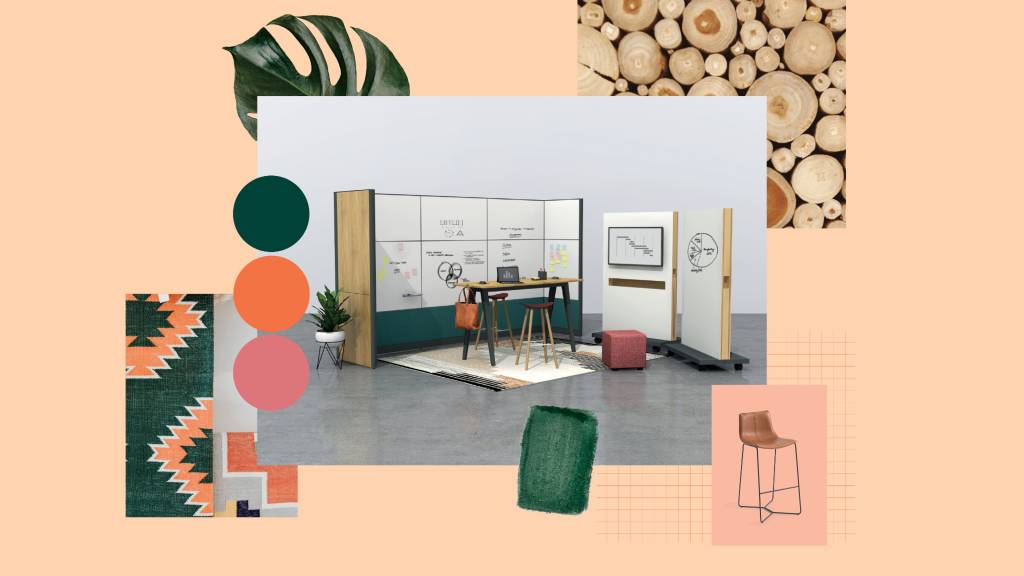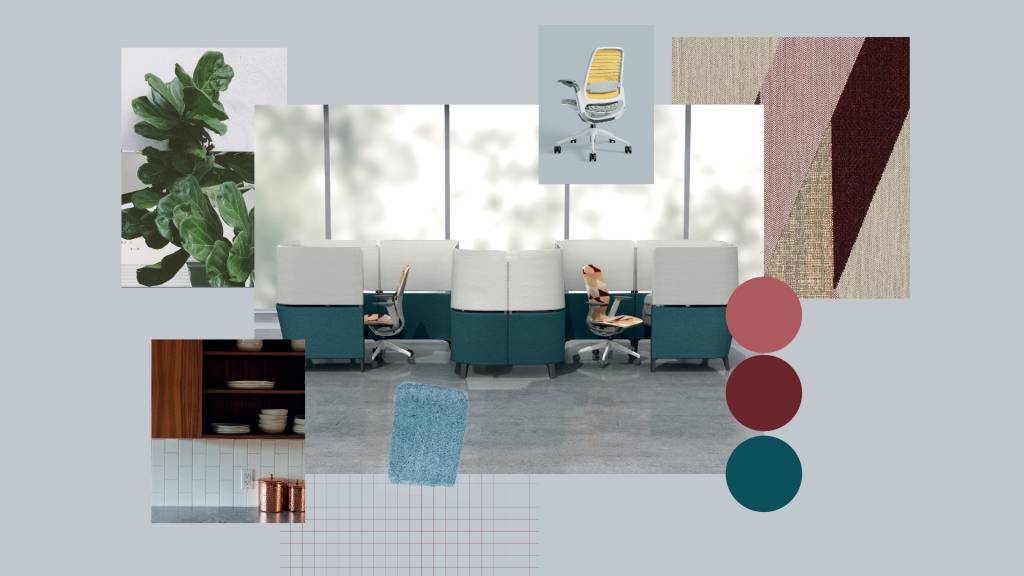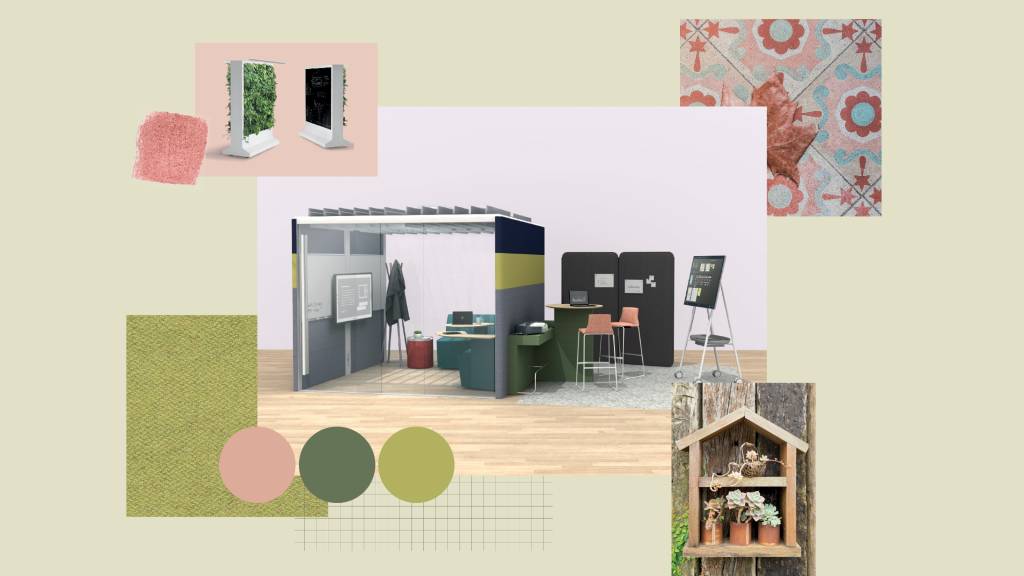Planning for Performance
Designing shared spaces that provide more than a fresh look
Today so much of our work happens away from the primary workstation. The casual atmosphere draws us in, but often these spaces do not support our work. When designing shared spaces consider these performance principles:
Privacy: Provide the appropriate levels and types of privacy needed for the work at hand, including visual, acoustic and territorial privacy
Posture: Support the body in a posture appropriate for the task, whether lounge, task, stool-height or standing
Proximity: Intentionally plan the relationships between people, their tools, the furniture and the overall space
Personality: Express the unique brand and culture of an organization to attract and retain talent
When these principles have been considered in the design, good things happen:
Productivity: Individuals and teams can work better collaborating, socializing or focusing
Psychological comfort: People feel good and want to use the spaces

Socialize
This relaxed, social setting is ideal for building connections with colleagues. Surfaces for technology and access to power support working alone and together.
Privacy: Large overhead lighting provides intentional shielding that brings psychological comfort
Proximity: Thoughtful selection of seating elements similar in height and recline ensures a democratic experience
Posture: Informal postures foster open connections with colleagues
Proximity: Access to personal tables and power provide everyone with the tools to get work done
Notable Products: Massaud Lounge, Lagunitas Lounge Seating, Viccarbe Season Pouf, Campfire Big Lamp, Lagunitas Table, Turnstone Bassline Table, Blu Dot Turn Side Table

Collaborate
The right mix of furniture and worktools optimizes this space for generative collaboration. Standing postures promote active participation and digital and analog displays keep content visible.
Privacy: Tall boundaries act as a shield from distraction and provide surfaces for users to make their thinking visible
Proximity: Mobile tools allow groups to control their content and toggle between analog and digital formats to support workflow
Posture: Offering standing postures promotes an active space that naturally supports generative behavior
Proximity: Arranging the table and tools at standing height allows users to have eye contact and equally contribute to the conversation
Notable Products: Answer Panel, Coalesse Exponents Whiteboard, B-Free Table, Enea Cafe Wood Stool, B-Free Cube

Focus
When users need to retreat, this Brody setting offers task and lounge postures for solo work.
Proximity: Intentionally orienting the space for each user to protect their back and limit distractions while taking advantage of the view outside can boost cognitive performance
Privacy: Integrated screens keep visual distractions to a minimum allowing users to stay in flow
Posture: Providing multiple postures allows users to work the way they prefer
Personality: Thoughtfully selected surface materials, patterns and color add a shot of personality to the workplace
Notable Products: Brody WorkLounge, Brody Desk, SILQ Chair

Collaborate
Ideal for dyadic work, these adjacent spaces support different levels of privacy and collaborative behaviors, from informal content reviews in the pod to more active co-creation with teammates in the open.
Privacy: Enclosed space provides a quiet atmosphere for small groups to meet while limiting surrounding distractions
Posture: Providing a range of postures that support different experiences allows choice for users based on the nature of their work
Privacy: Freestanding screens are used as a boundary and to pin up analog content for generative collaboration
Proximity: Light scale technology combined with interactive cloud connection allows for a flexible tool that can be positioned where needed
Notable Products: Microsoft Surface Hub 2S, Steelcase Roam Mobile Stand, Steelcase Flex Screen, Montara650 Stool, Blu Dot Splash Coat Rack, Blu Dot Bumper Ottoman. Orangebox: Air25 Pod, Away from the Desk Lounge System, Border Bench


